One for the Road: Providing Power on Demand
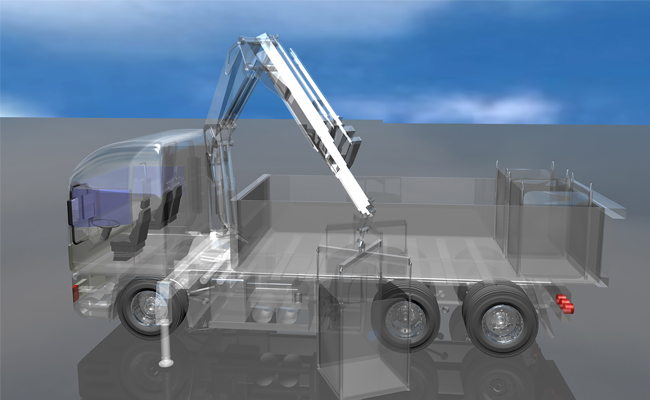
By Michael Pyper for Bucher Hydraulics
Regulations for road vehicles in the European Union are becoming increasingly stringent. To reduce CO2 emissions, mechanical V-belts or power take-offs may no longer exist on future commercial vehicles. Energy-efficient electrohydraulic systems, like Bucher Hydraulics’ latest range of Smart PowerPacks, provide an alternative.
The facts are on the table. In 2019, the EU committed to reducing CO2 emissions from heavy commercial vehicles by 30% percent of 2005 levels and to achieve this by 2030. The first 15% must be achieved by 2025. Otherwise, manufacturers may face penalties of an undetermined amount that are likely to be painful. However, only on-highway trucks are affected.
Vehicles such as refuse collection and municipal trucks with loading cranes are initially exempt from the regulation. But this year, the EU Commission is scheduled to discuss how to proceed in this area, and the regulations are likely to be strict. A report called Study of the Potential for Energy/Cost Saving in Fluid Power, commissioned by the German Federal Environment Agency, has identified and evaluated various measures for construction and agricultural machinery. Applying lessons of this report, such as the avoidance of idling periods and the demand-based control of auxiliary actuators, are particularly promising for these vehicles.

The compact and flexible components of a Smart PowerPack can be distributed around commercial vehicles.
No more PTOs
If the EU regulations regarding CO2 emissions are extended to other commercial vehicles, manufacturers of auxiliary units will be particularly affected. In conventional equipment, auxiliary equipment such as cooling water pumps, air-conditioning compressors, add-on equipment for municipal work functions, and loading cranes have been driven by hydraulic pumps. These pumps are usually connected to the truck engine mechanically via a gearbox, a power take-off shaft, or a V-belt. In rare cases, they can be disconnected by couplings, but they usually run continuously. To keep the initial cost down, less expensive pump systems with energy losses of 50% to 75% are often chosen. This is why large oil coolers are often required.
Diesel engines for trucks are optimized for driving at 80 kmh (50 mph) on the highway, where they operate efficiently at low speed and high load. Because the pump rpm is directly related to engine rpm, the engine speed must be raised to provide the high flow rate required for stationary use. This is not only noisy but inefficient, as the engine then works at an unfavorable operating point with poor combustion and high fuel consumption.
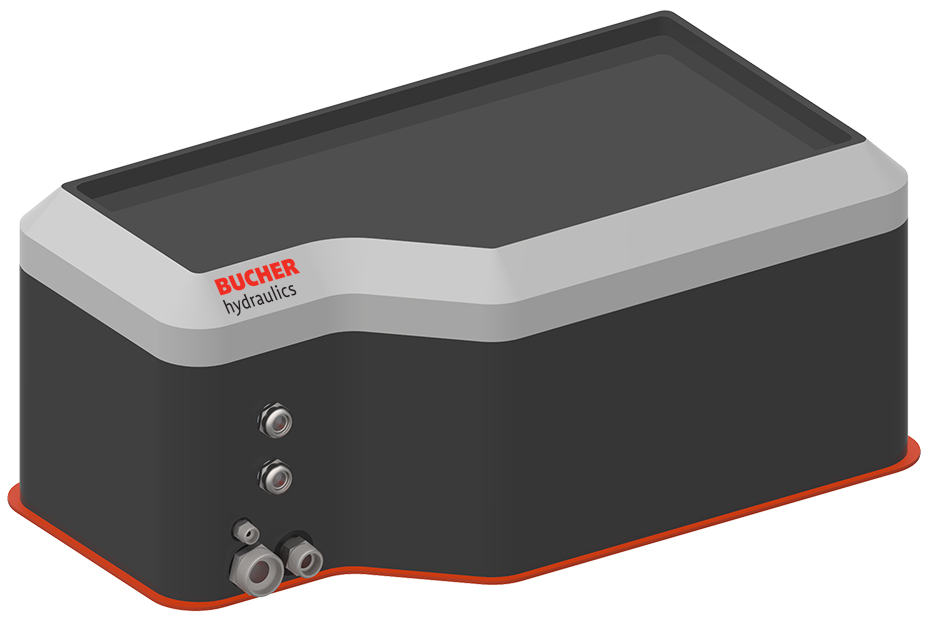 To reduce fuel consumption and thus emissions, vehicle manufacturers are removing PTOs from their future product ranges. Compressors, fans, and steering and hydraulic pumps will be driven electrically using the power-on-demand principle, with no direct connection to the engine.
To reduce fuel consumption and thus emissions, vehicle manufacturers are removing PTOs from their future product ranges. Compressors, fans, and steering and hydraulic pumps will be driven electrically using the power-on-demand principle, with no direct connection to the engine.
Electrification of the hydraulic PTOs enables the use of power on demand exactly. Hydraulics cannot be eliminated, as it is indispensable for linear movements with high force. However, the hydraulic system must become more efficient to prevent costly energy losses.

Smart PowerPack S for up to 6 kW (low voltage up to 60 VDC).
Bucher Hydraulics developed Smart PowerPacks for utility vehicles with precisely this goal in mind. The Smart PowerPacks provide precisely the flow and pressure required and only on demand. This is the key for energy optimized operation. The Smart PowerPacks can be combined with or replace all commercially available hydraulic control systems.
Speed set point
A key component for higher performance is the AX pump. It has 24 pistons and is designed for variable-speed applications. The large number of pistons keeps pulsations very low. The wide speed range from 0 to 3,600 rpm allows for full use of the electric drive. The minimum speed limit of conventional pumps does not apply to the AX pump, which can operate from 0 with no breakaway effect. With an overall efficiency between 92% and 94%, it far exceeds the values of conventional pump solutions. The system includes a smart hydraulic block, which generates the information on the actual flow demand and integrates the pressure relief function. The system uses inverters from Bucher Hydraulics mobile drives. These calculate the speed set point internally, which keeps the installation costs low.
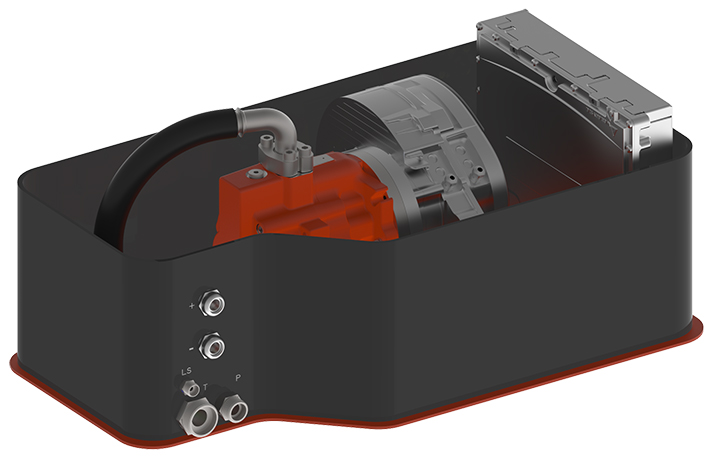
Smart PowerPack L for more than 30 kW (high voltage of 400 to 800 VDC).
The Smart PowerPack is available in various sizes. In addition to the AX pump for high performance, the modular system includes external and internal gear pumps, thus covering a wide range of applications. As many body manufacturers and retrofitters do not yet have experience with such electrohydraulic drives, Bucher Hydraulics offers advice and design support.
The Smart PowerPack is configured to match the pressure and flow requirements of the application. The modular system includes various pump lines and sizes from Bucher Hydraulics, as well as the matching electric motors and inverters from Bucher Hydraulics mobile drives. Internal sensors allow the electric motor to modulate using the lowest possible pump speed to achieve the required flow and pressure.

The compact and flexible components of a Smart PowerPack can be distributed around commercial vehicles.
Benefits include a reduction of fuel consumption by decoupling the PTOs, a reduction of cooling requirements, lower noise emissions, and control of battery capacity thanks to demand-based flow supply.


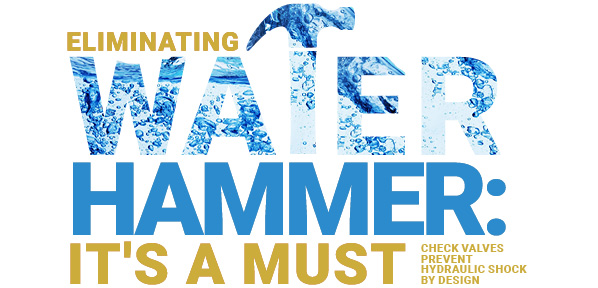
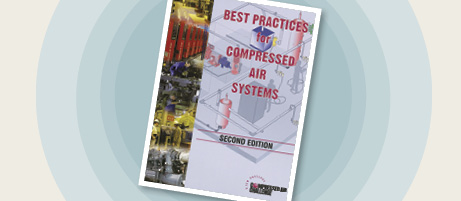
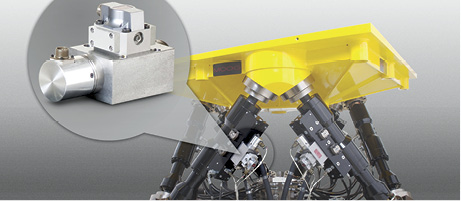
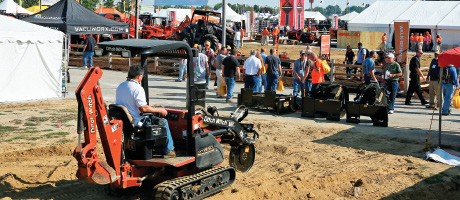


very amazing product